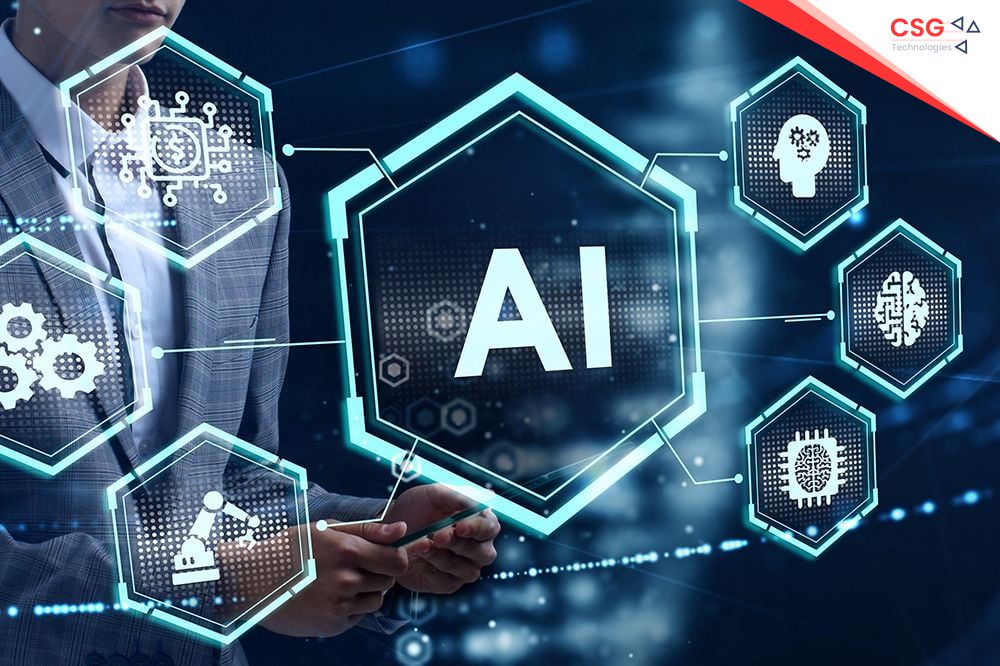Source: 7 ways to use AI in IT disaster recovery | TechTarget

Artificial Intelligence (AI) is revolutionizing many sectors, and IT disaster recovery is no exception. Integrating AI into disaster recovery can significantly enhance how businesses mitigate, prevent, and recover from disruptions. Here’s how AI can transform IT disaster recovery, ensuring improved business continuity for companies.
Understanding IT Disasters
IT disasters are unforeseen events that can severely impact businesses, leading to data loss, productivity drops, and revenue declines. These disasters can stem from various sources, including natural events, hardware failures, cyberattacks, and human errors. Traditional disaster recovery methods offer structured plans, but AI provides advanced solutions to boost efficiency and effectiveness in recovery efforts.
The Role of AI in IT Disaster Recovery
The application of AI in IT disaster recovery goes beyond being a modern trend. It represents a significant enhancement, facilitating faster responses, reduced downtime, and overall better business continuity. By leveraging AI, organizations can proactively identify risks, optimize resource allocation, and continuously improve from past incidents. This forward-thinking approach can transform minor IT issues into manageable events rather than significant business disruptions.

Here are seven key areas where AI can assist disaster recovery planners and IT teams:
1. Predictive Analysis
AI, powered by machine learning algorithms, can predict potential IT failures by analyzing historical data patterns. It sifts through vast amounts of internal data, such as logs and documentation, to detect anomalies that might indicate future failures. AI’s predictive capabilities alert IT departments to potential issues before they become critical, allowing proactive problem-solving and significantly reducing downtime.
2. Enhanced Service Recovery
Data is crucial for business operations. AI accelerates data and service restoration processes by identifying critical systems that need immediate attention. This prioritization ensures businesses can resume operations swiftly, particularly in sectors where real-time data access is essential. AI removes subjective decision-making, providing an optimal path to restoration with minimal cost and disruption. It also identifies unforeseen dependencies in advance, further streamlining recovery efforts.
3. Automated Response
AI-driven systems can automatically initiate predefined recovery actions when an anomaly is detected, with safeguards in place. Actions may include backing up data, rerouting network traffic, or initiating failover procedures. Automated responses drastically reduce recovery time objectives (RTO) and recovery point objectives (RPO), enhancing the overall efficiency and cost-effectiveness of disaster recovery.
4. Cybersecurity Enhancements
Cyber threats are a major cause of IT disasters. AI and machine learning continuously monitor network traffic, identify potential threats, and take immediate action to mitigate risks. By recognizing emerging threats and blocking questionable activities, AI not only protects against data breaches but also supports business continuity. The role of AI in cybersecurity is expanding, offering significant benefits in maintaining secure and stable operations.
5. Optimized Resource Allocation
During disasters, resources like bandwidth, storage, and computing power can be limited. AI optimizes the use of these resources, ensuring critical functions receive priority. This optimization enhances the efficiency of the recovery process, making it especially valuable for organizations with limited resources.
6. Continuous Learning and Adaptation
AI systems can analyze the effectiveness of recovery strategies post-disaster and suggest improvements. This continuous learning process strengthens the system over time, making it better equipped to handle and recover from future disasters. The evolving AI system contributes to a more robust and resilient disaster recovery strategy.
7. Enhanced Communication
Effective communication is vital during IT disasters. AI-driven chatbots or virtual assistants provide regular updates to stakeholders, answer queries, and guide users through processes to minimize the disaster’s impact. Compared to traditional call trees, AI-driven communication reduces confusion and enables quick and reliable dissemination of emergency information.
As a Managed Service Provider (MSP), CSG Technologies is well-equipped to integrate AI into disaster recovery plans. Our expertise ensures that your business is prepared to manage any IT disaster efficiently and effectively.
At CSG Technologies, we offer comprehensive disaster recovery and business continuity services. Our goal is to ensure your business remains resilient in the face of any disruption, minimizing downtime and maximizing continuity.
By partnering with CSG Technologies, you gain access to innovative solutions tailored to your specific needs. Let us help you build a robust disaster recovery strategy that ensures your business’s longevity and success.


